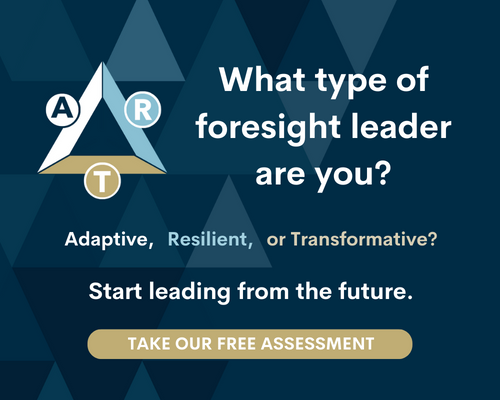Scenario Development in the 21st Century
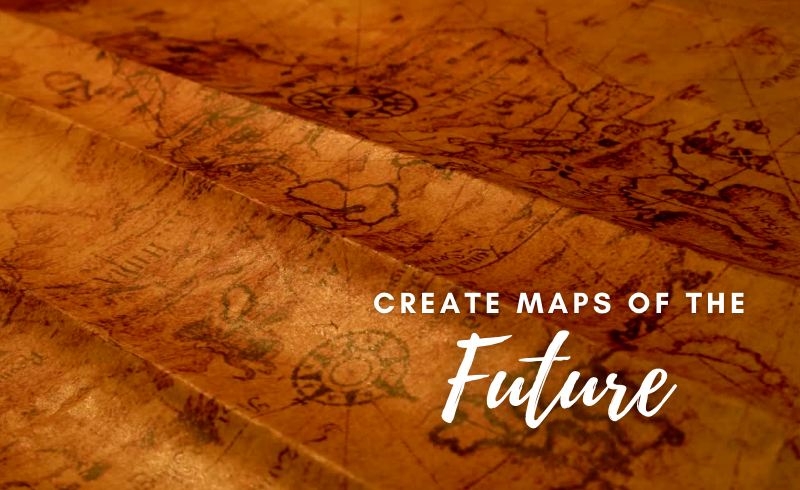
We have increasingly focused on the quantifiable world over the past 100 years as a means to growth and progress. Organizations have become obsessed with numbers and the warm, fuzzy feeling they give us when they neatly add up to demonstrate that the future looks bright.
In reality, life has always been a mixture of what we might call “quantified and qualified metrics.” Today’s world is now forcing us to recognize the importance of qualitative measurements by virtue of its rapidly changing elements: we cannot rely on numbers alone to give us a holistic picture of social, economic and technological shifts.
This struggle to balance our love of quantitative data with a pressing need for qualitative metrics manifests strongly in the way that strategists develop scenarios. Although they seem like an amazing advancement in technology, software tools that claim to use algorithms to analyze situations and produce complete scenarios are dangerous at best.
The world is much more complex than numbers and machines. It includes new ideas, converging events, meshing patterns, multiple alternatives, design, imaginations, creativity, nascent concepts, stories, assumptions and biases, shifting values and emerging issues. Simply put, it includes people, and people are messy. They don’t fit neatly into software and computational analytics. And as much as it terrifies leaders, people are much more “qualitative” than “quantitative.”
Good scenarios should allow people to investigate future worlds, possibilities and actions before implementing any new vision, plan or product. Without an understanding of the data points added to the scenario, this goal cannot be accomplished.
When you hear someone say that complex situations cannot be examined using immersive scenarios, they are betraying a bias toward quantified metrics and “Big Data.” These are very important, but they leave out a host of critical factors that are covered by deep and wide scenario development.
There are many ways to create a robust scenario, and we’ve highlighted some of the more popular and successful ones in a chart below. You’ll notice that each has its strengths and weaknesses — these methodologies can be used alone or in conjunction with one another.
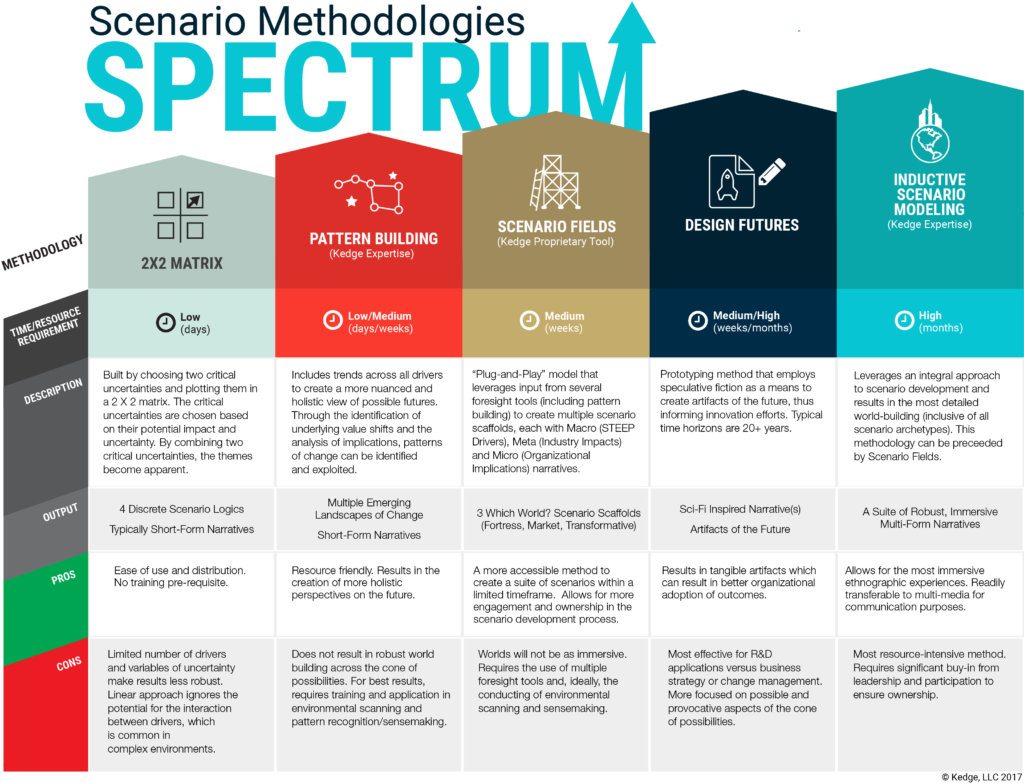
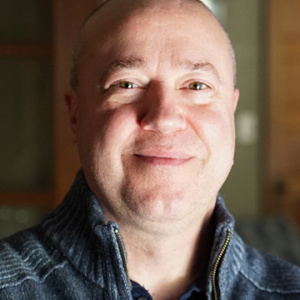
Frank Spencer
Co-Founder
Creative Director
In 2009, Frank founded Kedge – a global foresight, innovation, and strategic design firm which pioneered TFSX. Throughout his career, Frank has worked as a leadership coach and developer with entrepreneurs, social communities, networking initiatives, and SMEs, helping them in areas such as development, innovation, and networking.
Read More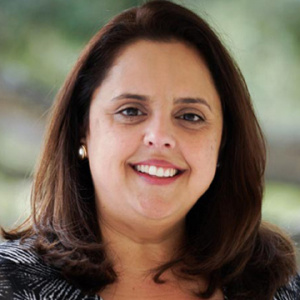
Yvette Montero Salvatico
Co-Founder
Managing Director
Holding a bachelor’s degree in Finance and an MBA from the University of Florida, Yvette has over 15 years of corporate experience with large, multi-national firms such as Kimberly-Clark and The Walt Disney Company. Before co-founding TFSX, she led the effort to establish the Future Workforce Insights division at the Walt Disney Company, identifying future workforce trends and leveraging foresight models and techniques to assess potential threats and impacts, emerging ideas, and exciting opportunities for the organization.
Read More
